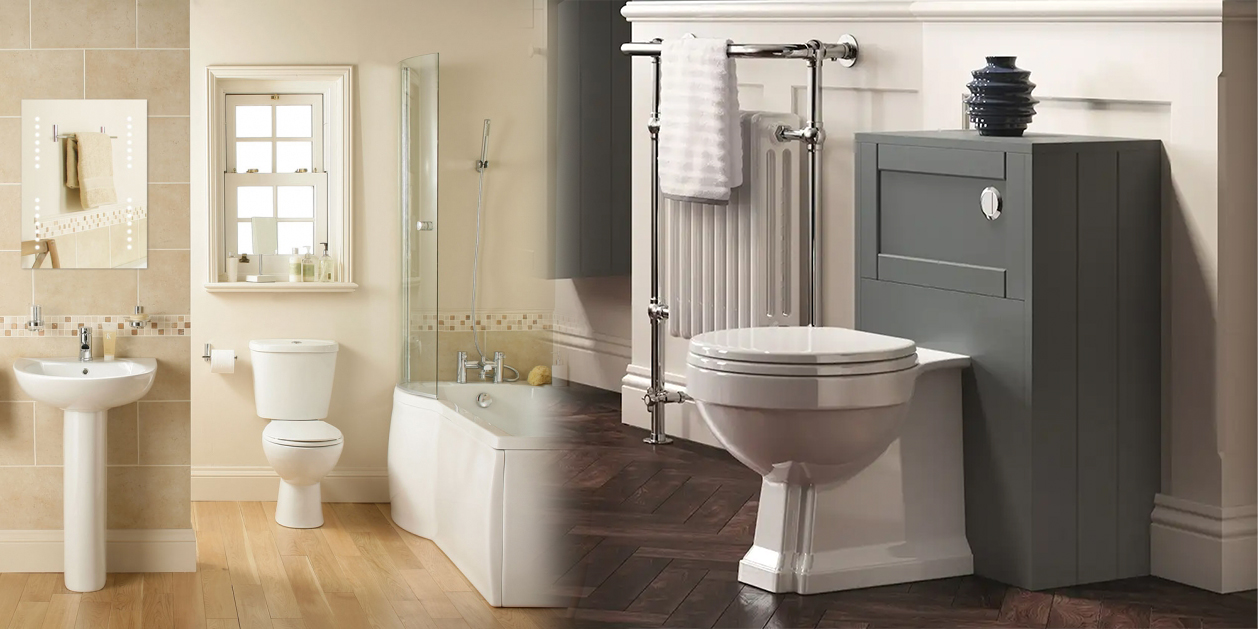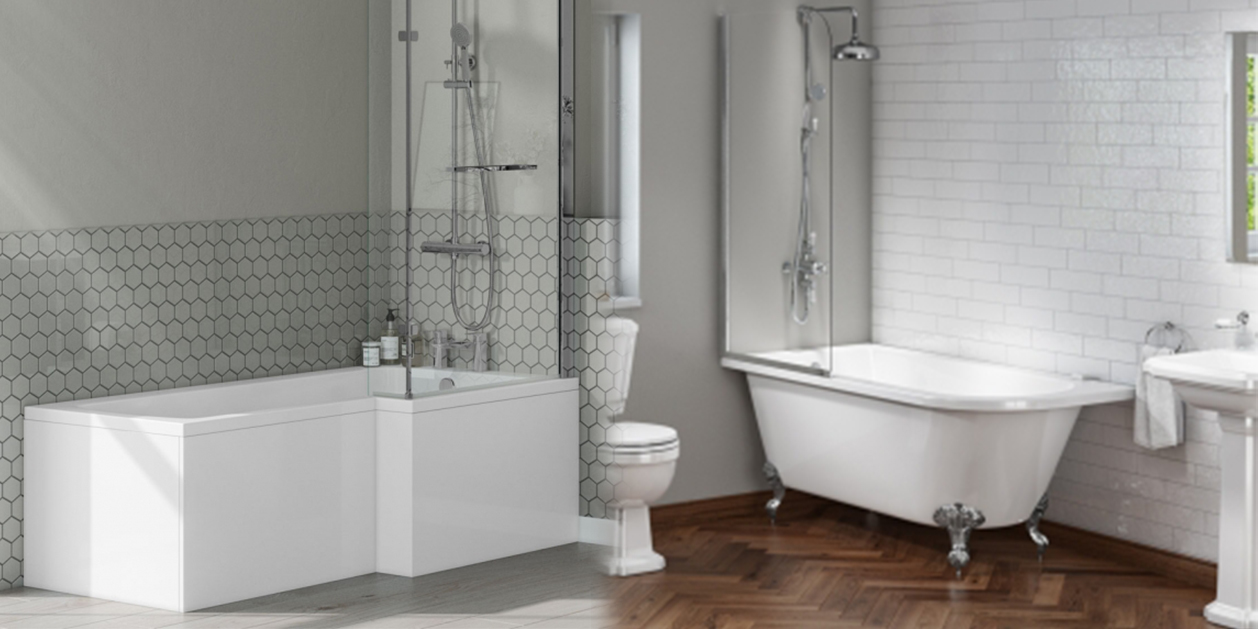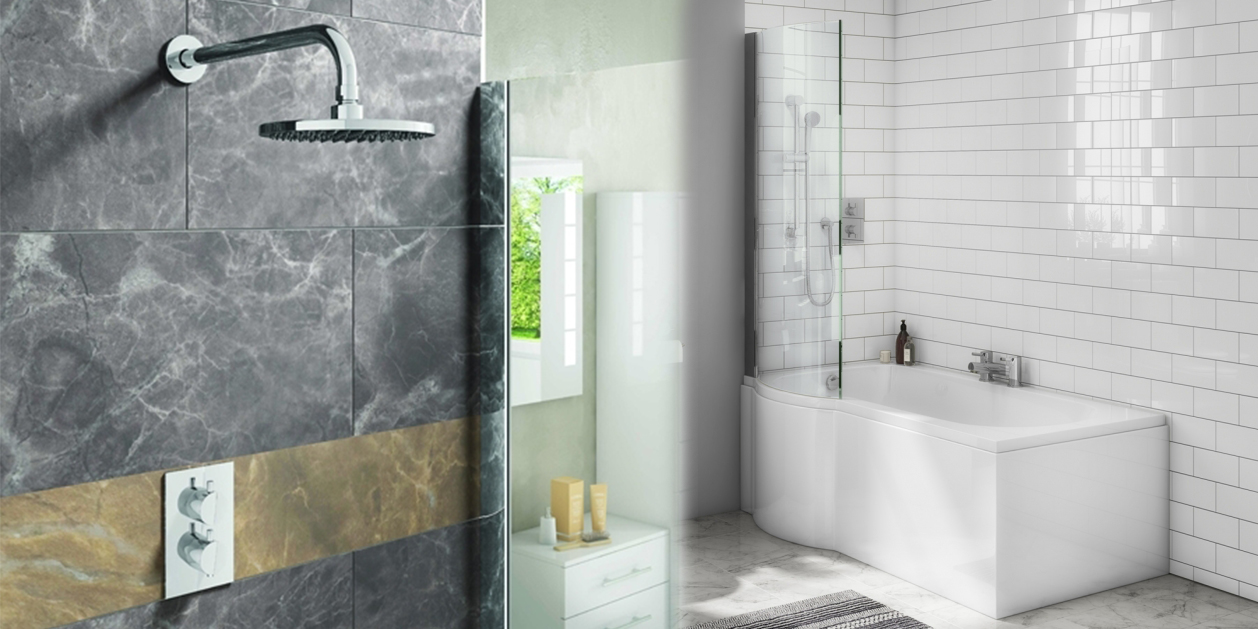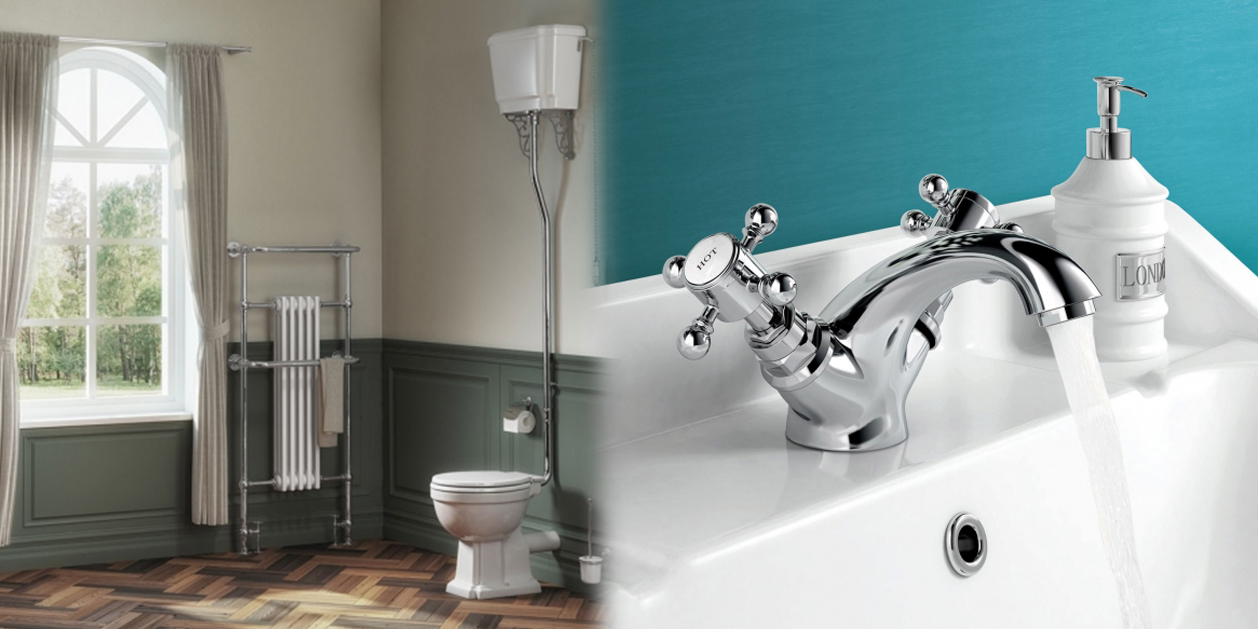How to Bleed a Radiator
How to Bleed a Radiator - Bathroom DIY
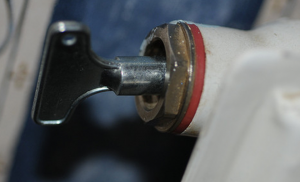
To many people, bleeding a radiator may seem like a particularly daunting and tricky task; images of water spraying all over the room and thoroughly soaking the prospective DIYer are enough to put anyone off the idea of trying to undertake this task themselves!

To many people, bleeding a radiator may seem like a particularly daunting and tricky task; images of water spraying all over the room and thoroughly soaking the prospective DIYer are enough to put anyone off the idea of trying to undertake this task themselves!
But fear not trusty reader, help is at hand.
In this short and simple step-by-step article, we’ll be breaking down the process of bleeding a radiator, to show you just how simple it is! So, let’s get started!
What you’ll need:
A large bucket
A radiator key
A clean, dry cloth
How to Bleed a Radiator
There are five simple steps to successfully bleeding a radiator, from start to finish:
Step One: Place the bucket beneath the radiator’s ‘bleed nipple’ (yes, very funny) to ensure your are able to collect any water as soon as it is released from the radiator.
Step Two: Holding the bucket in place and using your radiator key, undo the bleed nipple until you notice excess air or water begins to flow from the water outlet.
Step Three: Once the desired amount of water has been released from the radiator (enough to remove any cold spots from the top of the radiator in most cases) use the key to tighten the nipple once more, until all water flow has been stopped.
Step Four: Using your clean, dry cloth, wipe down any excess water from the walls and radiator to ensure any loose droplets aren’t left to dry and stain surfaces.
Step Five: Be sure to check your boiler water pressure after draining a radiator, while many systems will automatically restore water, some boilers will require a manual-refilling of the water.
And there we have it, five simple steps to aid you in bleeding a radiator. So, if any of your family and friends want to know how to drain a radiator, you know where to send them!
If you’re draining a radiator with the intention of replacing it, you may want to take a look at our incredibly affordable and stylish range of radiators. We keep our prices as low as possible and the quality of our products incredibly high!
Be sure to head back to the Bathshop321 blog soon for more helpful tips and guides!
